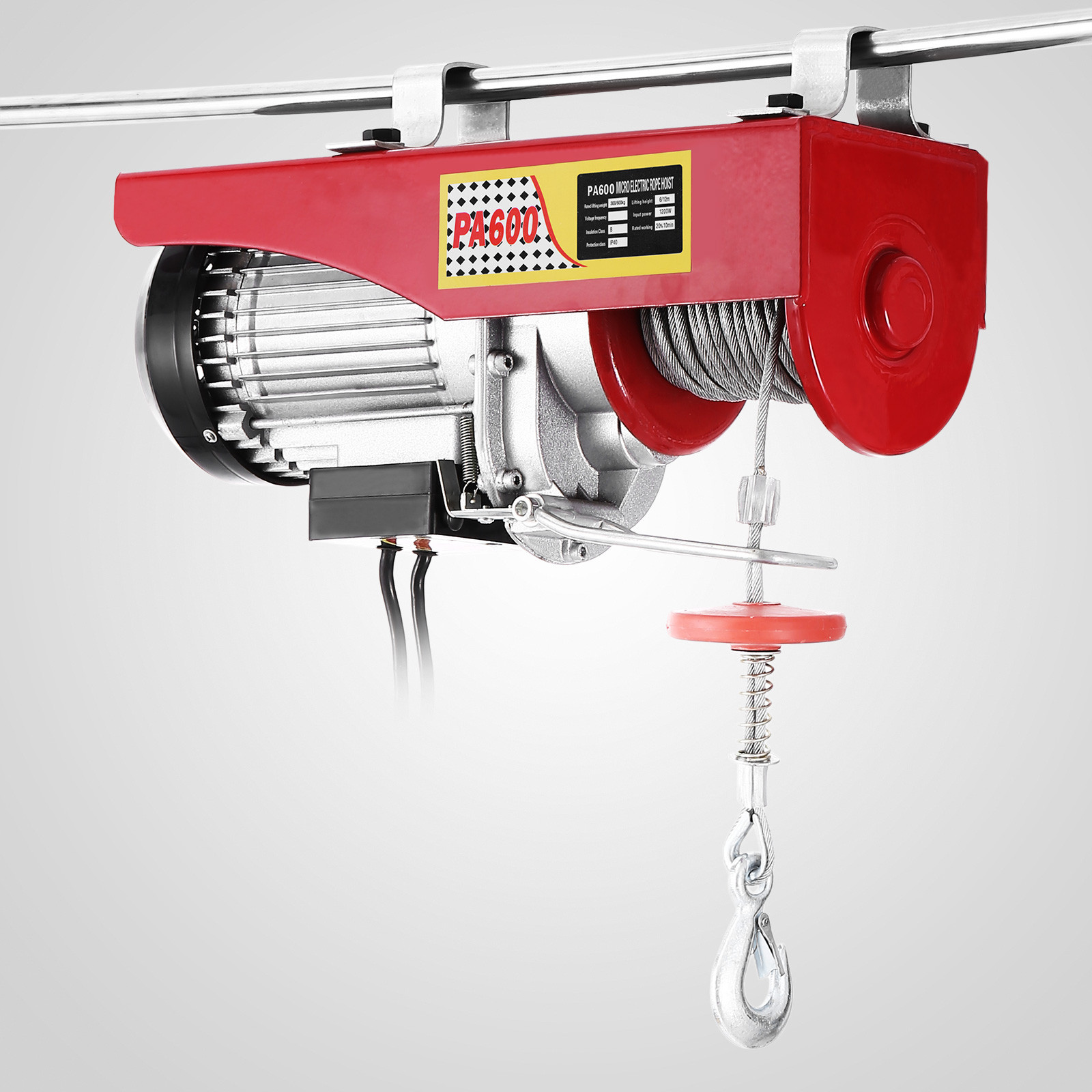
Indicates that the rope has run over a small radius or sharp edge.Ĭheck to see if the rope has “jumped off” a sheave and has run over a shaft. Possible fleet angle problems causing rope rotation.Ĭheck that the sheave and drum diameter is large enough- Bridon recommends a minimum ratio of the drum / sheave to nominal rope diameter of 18:1. If wires are looping out of the rope underneath a crossover point, there may be insufficient tension on the lower wraps on the drum.Ĭheck for areas of rope crushing or distortion. Insufficient bending ratio increases tread pressure. Dyform wire ropes are more resistant to crushing on underlying layers than conventional rope constructions.Ĭheck drum diameter. Insufficient tension will result in these lower layers being more prone to crushing damage. Care should be taken to ensure that tension is retained in service. Bridon recommends an installation tension of between 2% and 10% of the minimum breaking force of the wire rope. Wire breaks usually resulting from crushing or abrasion.Ĭheck tension on underlying layers. If so, was the correct cutting procedure used? Incorrect cutting of Rotation Resistant, low rotation and parallel closed ropes can cause distortion in operation.īroken wires or crushed or flattened rope on lower layers at crossover points in multi-layer coiling situations. Repair or replace drum / sheaves if necessary.Ĭheck fleet angles in the reeving system-a fleet angle in excess of 1.5 degrees may cause distortion.Ĭheck installation method-turn induced during installation can cause excessive rope rotation resulting in distortion.Ĭheck if the rope has been cut “on site “ prior to installation or cut to remove a damaged portion from the end of the rope. These gaps will close under load and will have no effect on the operational performance of the rope.Ĭheck sheave and drum groove radii using sheave gauge to ensure that they are no smaller than nominal rope radius +2.5%-Bridon recommends that the sheave and drum groove radii are checked prior to any rope installation. Note- Rotation Resistant ropes are designed with a specific strand gap which may be apparent on delivery in an off tension condition. Opening of strands in Rotation Resistant ropes- in extreme circumstances the rope may develop a “birdcage distortion” or protrusion of inner strands.



Generally results from operational conditions.Ĭheck sheave guards and support / guide sheaves to ensure that the rope has not “jumped out” of the intended reeving system. Mechanical damage caused by the rope contacting the structure of the crane on which it is operating or an external structure-usually of a localized nature. In the event of no other standard being applicable, Bridon recommends that ropes are inspected / examined in accordance with ASME B30.5. The following is a simplified guide to common wire rope problems.


 0 kommentar(er)
0 kommentar(er)
